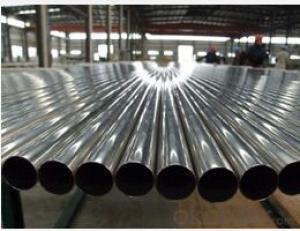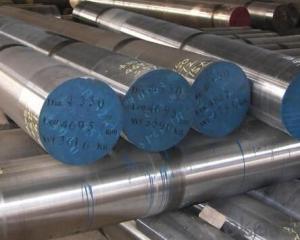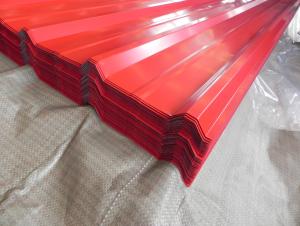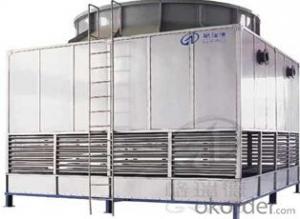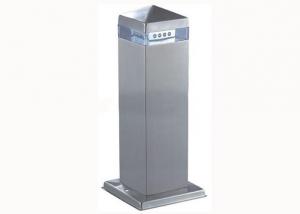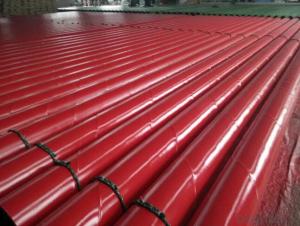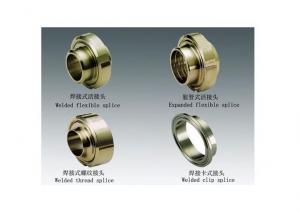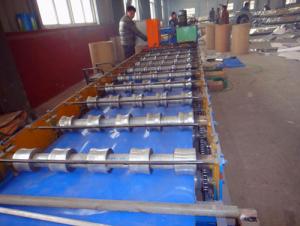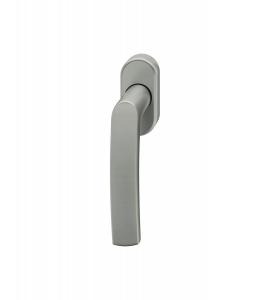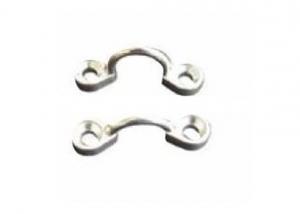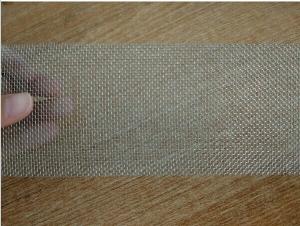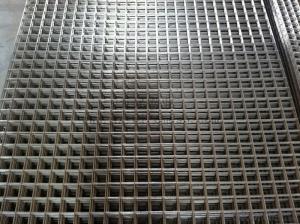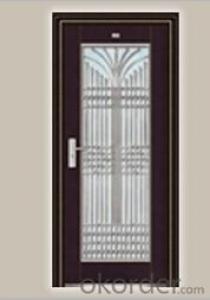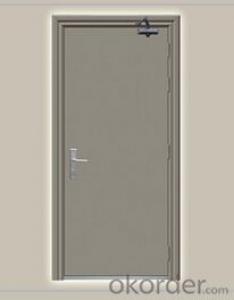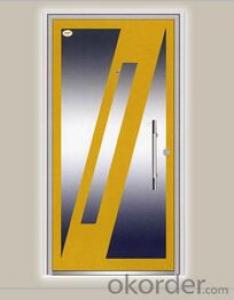Stainless Steel Siding
Stainless Steel Siding Related Searches
Bending Stainless Steel Stainless Steel Sheeting Stainless Steel Siding Nails Stainless Steel Roofing Stainless Steel Fencing Stainless Steel Piping Stainless Steel Door Stainless Steel Molding Stainless Steel Roof Stainless Steel Wall Stainless Steel Shelving Stainless Steel Signage Stainless Steel Doors Stainless Steel Coating Stainless Steel Lid Sanding Stainless Steel Stainless Steel Sieve Stainless Steel Drilling Stainless Steel Furniture Stainless Steel Desk Galvanized Steel Siding Stainless Steel Bushing Stainless Steel Hardware Stainless Steel Tiles Stainless Steel Grating Stainless Steel Top Stainless Steel Gate Stainless Steel Caulking Stainless Steel Screening Stainless Steel Front DoorStainless Steel Siding Supplier & Manufacturer from China
Stainless Steel Siding is a type of architectural material known for its durability, corrosion resistance, and aesthetic appeal. This product is commonly used in both commercial and residential construction projects, offering a sleek and modern look while providing long-lasting protection against the elements. Stainless steel siding is ideal for various applications, including high-rise buildings, industrial facilities, and even residential homes, where it can be used to enhance the overall appearance and value of the property. The versatility of stainless steel siding makes it a popular choice for a wide range of usage scenarios, from coastal areas prone to saltwater corrosion to urban environments with heavy pollution.Okorder.com is a leading wholesale supplier of Stainless Steel Siding, boasting a large inventory that caters to the diverse needs of clients across different industries. With a commitment to quality and customer satisfaction, Okorder.com ensures that the stainless steel siding they provide meets the highest standards of durability and performance. By offering a wide range of options, Okorder.com enables customers to find the perfect stainless steel siding solution for their specific project requirements.




